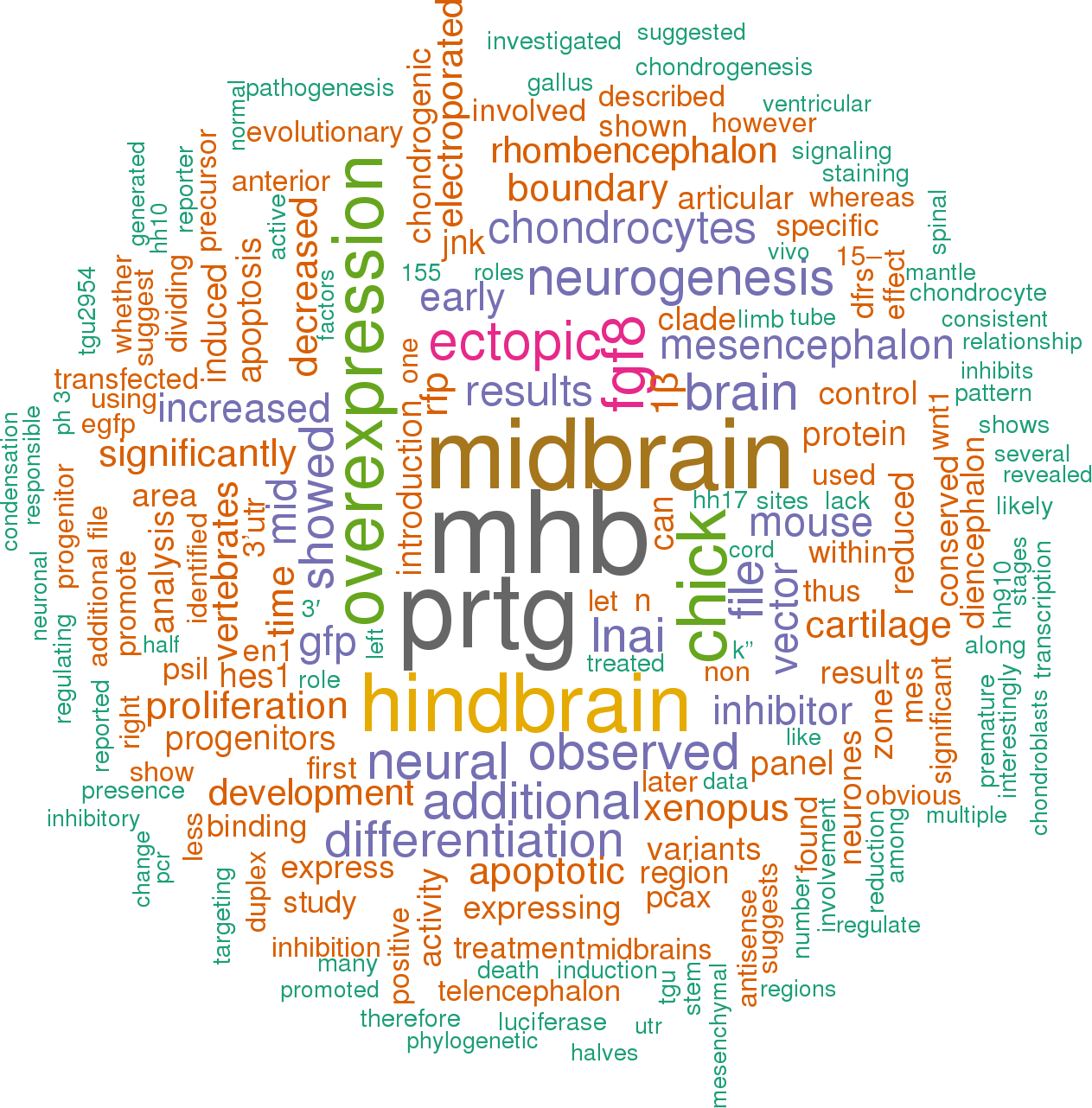19 papers mentioning gga-mir-9-3
Open access articles that are associated with the species Gallus gallus
and mention the gene name mir-9-3.
Click the buttons to view sentences that include the gene name, or the word cloud on the right for a summary.

 |
 |
 |
 |
 |
 |
 |
 |
 |
 |
 |
 |
 |
 |
 |
 |
 |
 |
 |
